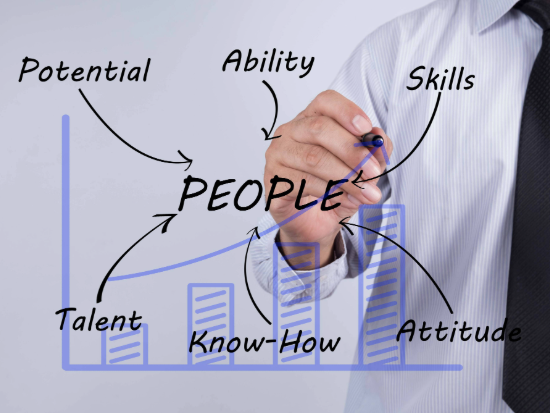 The UAB Medicine Leadership Competency Model features five domains and 19 competencies. In this series, we’ll examine this model and how it can be used to empower leadership.
The UAB Medicine Leadership Competency Model features five domains and 19 competencies. In this series, we’ll examine this model and how it can be used to empower leadership.
Talent development is not just about enhancing individual skills but about cultivating the next generation of leaders.
The approach centers on three key principles: engaging with others, developing other leaders, and fostering collaboration across diverse teams and geographies.
“One of the most important legacies that leaders can leave with their organization is the identification and development of future leaders,” said Jean Ann Larson, Ed.D., MBA, BSIE, FACHE, LFHIMSS, FIISE, Chief Leadership Development Officer. “Our efforts today can lead to sustainable success in the following years.”
Let’s take a closer look at the last of the five domains in the UAB Medicine Leadership Competency Model: talent development.
Engagement
Engagement is the foundation of effective leadership. It involves creating positive, safe, and inclusive interactions with others. Recognizing and appreciating teammates' contributions fosters a supportive environment where everyone feels valued.
Developing other leaders
Developing other leaders is critical, emphasizing teaching, mentoring, and delegating. Providing development options and opportunities for growth ensures that potential leaders are equipped with the necessary tools and knowledge to succeed.
Collaboration
Collaboration is also paramount. Leaders are encouraged to promote teamwork among various stakeholders and geographies, recognizing that diverse perspectives and collective efforts drive success.
By prioritizing these principles, leadership is strengthened and ensures a thriving, inclusive, and collaborative workplace.